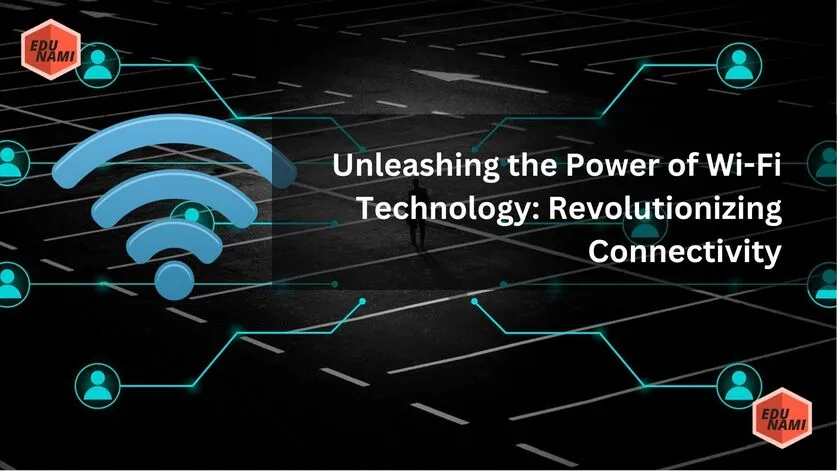Introduction
In today’s digitally-driven world, Wi-Fi technology has become an integral part of our daily lives. From homes and offices to public spaces and beyond, Wi-Fi empowers us to connect, communicate, and collaborate seamlessly. In this article, we explore the wonders of Wi-Fi technology, its evolution, and the transformative impact it has had on our lives.
The Genesis of Wi-Fi
Wi-Fi, short for Wireless Fidelity, originated in the late 1990s as a revolutionary wireless networking technology. It was designed to replace cumbersome wired connections, providing users with freedom and mobility. The Institute of Electrical and Electronics Engineers (IEEE) established the 802.11 standard, which laid the foundation for Wi-Fi technology’s rapid development and widespread adoption.
Unleashing Connectivity
Wireless Mobility: Wi-Fi liberates us from the shackles of physical connectivity. Whether we’re at home, work, or a bustling café, Wi-Fi networks allow us to access the internet and connect with others without the limitations of wires. This flexibility has transformed the way we work, learn, and socialize.
Seamless Connectivity: Wi-Fi enables smooth and uninterrupted internet connectivity. With the advancements in Wi-Fi standards, such as 802.11ac and the recent 802.11ax (Wi-Fi 6), users can enjoy faster speeds, increased capacity, and reduced latency. This translates into quicker downloads, smoother video streaming, and enhanced online gaming experiences.
Internet of Things (IoT) Integration: Wi-Fi has paved the way for the proliferation of IoT devices. From smart home appliances to wearable technology, Wi-Fi connectivity allows these devices to communicate with each other and with us, bringing convenience, automation, and efficiency into our lives.
Enhanced Productivity: In workplaces, Wi-Fi has revolutionized productivity. Employees can collaborate wirelessly, access cloud-based tools and resources, and stay connected on the go. This flexibility has fostered remote work opportunities, improved communication, and increased overall efficiency.
Digital Transformation: Wi-Fi technology has been a catalyst for digital transformation across various sectors. From healthcare and education to retail and hospitality, organizations leverage Wi-Fi networks to enhance customer experiences, streamline operations, and gather valuable data for insights and analysis.
Security and Challenges
While the benefits of Wi-Fi are undeniable, it’s crucial to address security concerns. Wi-Fi networks are susceptible to potential threats, including unauthorized access, data breaches, and network vulnerabilities. To mitigate these risks, industry experts continually develop robust security protocols, such as Wi-Fi Protected Access (WPA) and WPA2, to safeguard user data and ensure network integrity.
Moreover, the increasing number of connected devices poses challenges in terms of network congestion and bandwidth allocation. However, ongoing advancements like Wi-Fi 6E, which expands the available frequency spectrum, and emerging technologies like mesh networks and beamforming are poised to address these challenges and provide better connectivity solutions.
Future Possibilities
The future of Wi-Fi holds tremendous potential. With the advent of Wi-Fi 6E and upcoming Wi-Fi 7 standards, users can expect even faster speeds, lower latency, and improved network efficiency. Moreover, technologies like Wi-Fi 6E will enable the seamless integration of augmented reality (AR), virtual reality (VR), and other immersive experiences into our everyday lives.
Additionally, Wi-Fi will play a pivotal role in the development of smart cities, autonomous vehicles, and advanced industrial applications. The ability to connect countless devices in real-time will fuel innovation and enable a truly interconnected world.
Conclusion
Wi-Fi technology has revolutionized the way we connect, communicate, and collaborate. Its wireless mobility, seamless connectivity, and integration with IoT devices have transformed various aspects of our lives.







